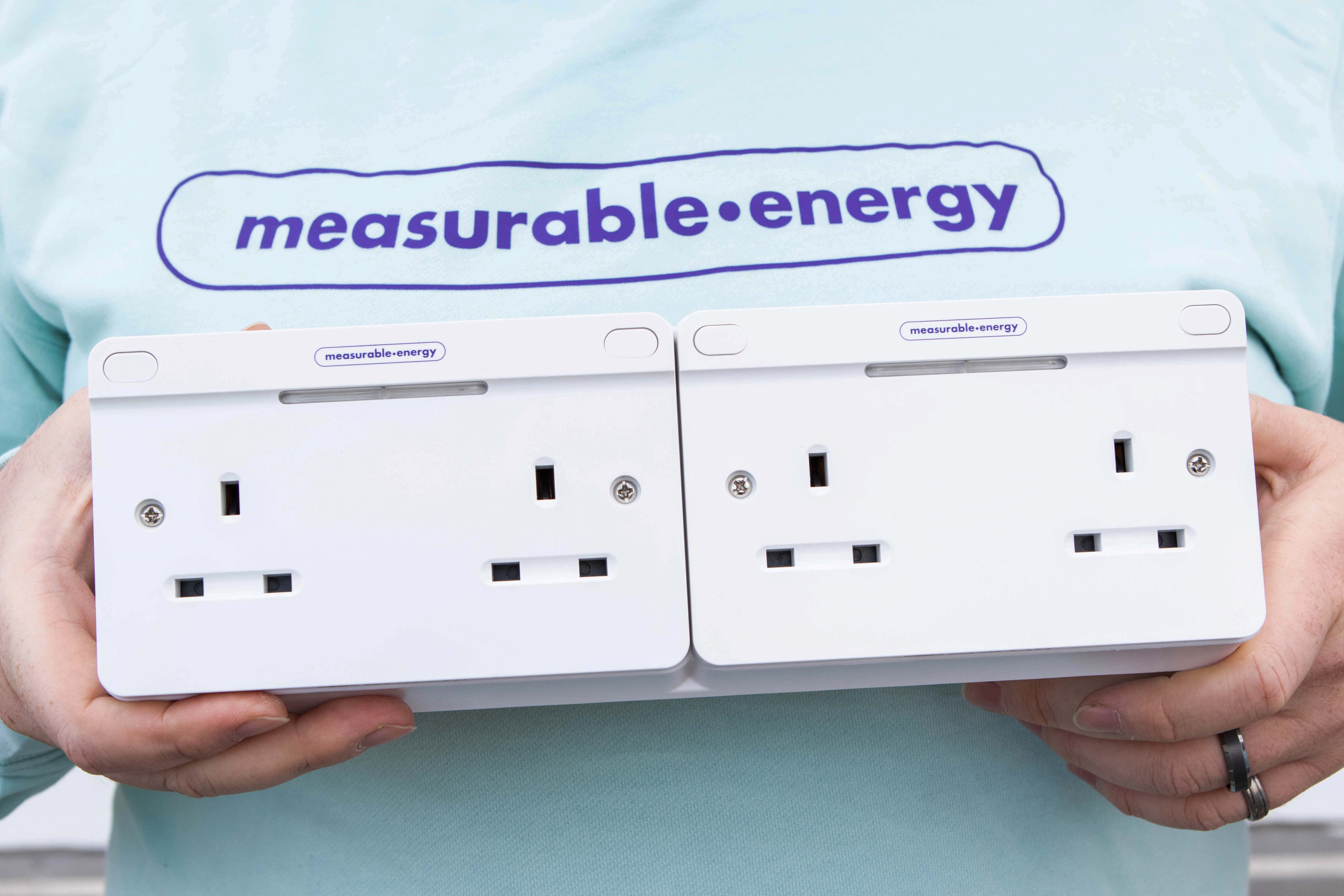Bright idea: plug socket that will make our homes greener and cheaper to run
New tech to help save the planet?
A British start-up company has invented a smart socket to tell you if the energy being used is renewable. When a light flashes red it’s consuming fossil fuels and when it turns green it’s using more wind or solar power.

Image supplied by Measurable Energy
What’s more the sockets can also spot when electricity is being wasted and automatically switch off devices left on standby, which should be good for the planet and your bank balance.
Studies have shown electricity bill savings – and accompanying carbon emission cuts - of about 20%. The sockets were designed by a Reading-based start-up called Measurable Energy.
“People get frustrated when lights are left on or taps dripping but when a games console is left on standby for 24 hours you can’t see it or hear it,” said company co-founder and CEO Dan Williams. “What we are trying to do is make wasted energy more tangible by getting a computer to sense it for us and also do something about it.”
On the outside the gadget looks like an ordinary socket but inside it’s totally different. “Inside each of our sockets is essentially a tiny computer and that has something called machine learning that can essentially guess what is plugged in and what it’s doing,” said Williams.
Machine learning spots patterns of usage and automatically turns off devices when not required (saving energy and avoiding unnecessary carbon emissions) while identifying what must be left on.
The technology is already being used in office buildings to switch off equipment, such as computer monitors and printers, left on standby overnight or at weekends. Installation is a simple swap of existing plug sockets and connection to a local Wi-Fi network.
Early indications are that the tech is changing people’s behaviour. This was the case when the smart sockets were wired into portable cabins at a Keir Group construction site in Wales. Workers waited for a green light to charge their mobile phones at times of more plentiful renewable energy supply and lower carbon emissions.
The Measurable Energy sockets know where the power comes from using information from the National Grid. Ageing coal power stations, solar, wind and nuclear plants are all linked up to the grid.
“Sometimes there’s lots of wind and solar power in the nation’s energy system and at other times it’s mostly coal and gas. We take that data and average it out every five minutes,” said Williams.
This information is then relayed to the traffic light system on the smart sockets which can also tell how much energy is being used and crucially how much is wasted.
Measurable Energy, which won a Building Innovation Award last year, plans to launch into the domestic market in 2024. So far, the company has installed the smart sockets in three pilot homes as part of a wider scheme to test new technologies that decarbonise and improve energy efficiency.
But the company’s ambitions are bigger. For Measurable Energy, control over smart sockets allows it to tap into an emerging market for flexible demand. It can make minute-by-minute adjustments to the amount of power household devices are using, helping the National Grid to balance supply and demand.
And by harnessing the new tech, households could save money on their bills. Williams said: “Demand side response will allow devices to make money by being turned off or on at certain times controlled by the National Grid or energy providers.”
He added: “We can automate that process for people. In the middle of the night, fridge freezers could be switched off for 10 to 15 minutes while people are tucked up in bed.”
Apart from those with Economy 7 meters, most households are protected from the variations in electricity cost throughout the day. Typically, a unit of energy will cost the same whether you use it in the early hours of the morning when there is spare wind power or when coal plants are being fired up to meet peak demand, between 5pm and 8pm.
Smart time-of-use tariffs, which vary prices by the hour, will change that. Octopus Go customers get super cheap electricity between 12.30am and 4.30am, for instance.
At the time of writing this article (March 2023), the Measurable Energy sockets cost £25 each with a monthly software fee of £1.30 per socket. The initial payback period is typically under two years.
“The idea is we can find at least £1.30 per month savings or more for each socket by using our system, so people should be saving rather than spending more money,” said Williams who wants the tech to be affordable for all rather than a “nice to have” for the better-off.
The hardware is designed to be repaired, reused and recycled whenever possible while the software uses minimal resources and runs on carbon neutral servers, says the company.
Before starting Measurable Energy 10 years ago with co-founder Josh Eadie, an expert in machine learning and big data, Williams worked at Microsoft as part of its global sustainability team. His engineering doctorate analysed the environmental and energy impacts of the tech giant’s software services.
During his career, Williams has designed new sustainability strategies for Google and the BBC among others. He calls himself a “sustainability technologist” with a passion for environment and tech.
“We shouldn’t stop using technology,” said the entrepreneur but use it to help repair the planet. Cutting wasted energy is an essential first step toward slowing greenhouse gas emissions.
